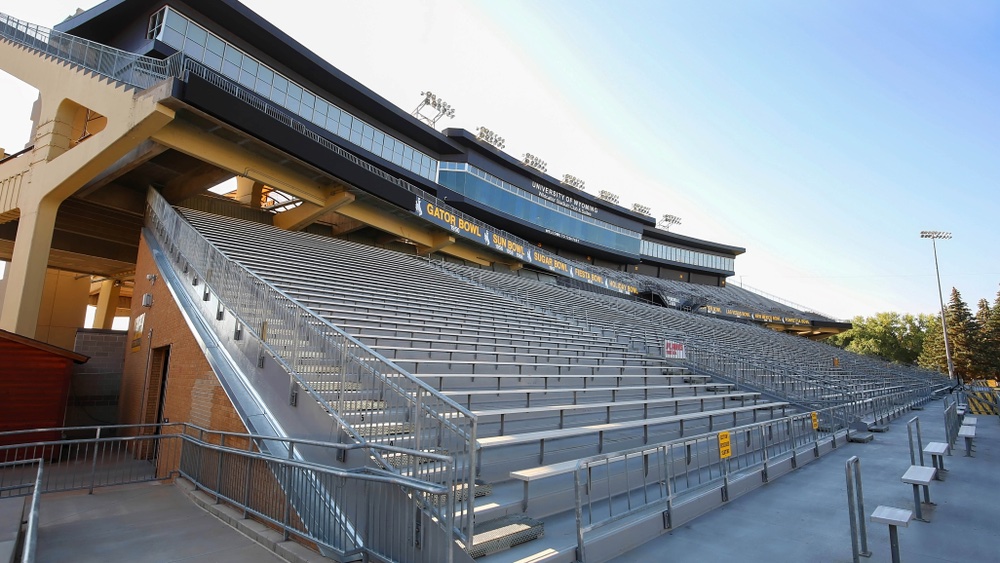
The Mick and Susie McMurry High Altitude Performance Center (HAPC) at the University of Wyoming is looking to gain a competitive advantage by using technology from Altitude Control Technologies (ACT) for high intensity – low altitude athletic training.
The first ACT-O2tm altitude simulation chamber in use is set to 2,500 feet (762 meters) of altitude – roughly equivalent to that of Tucson, Ariz. Student-athletes are able to increase their training intensity load for up to two hours at a time. This high intensity – low altitude training is considered to be beneficial for all athletes – especially for those recovering from injury.
“We use it for return-to-play,” said Jeremy Ross, head football athletic trainer at the University of Wyoming. “Student-athletes who have long-term injuries can use it as a step for getting back into shape before returning to the field”.
The second altitude simulation chamber in use is set to 1,300 feet (396 meters) of altitude – an elevation equal to that of Pittsburgh, PA.
“It’s a unique training piece,” says Ross. “No one else is utilizing this the way we are at Wyoming. We live at moderate altitude, and to take advantage of training at sea level is something physiologically unique. ”
Varying effective oxygen levels by 25 percent also involves to control of such safety factors as fire prevention, air quality, and oxygen safety.
“Safety must never depend on hardware, software, atmospheric conditions, or even correct operation,” explains Larry Kutt, CEO of Altitude Control Technologies. “The ACT-O2tm systems installed at the HAPC are fail safe even in the event of a power outage or complete system failure.”
